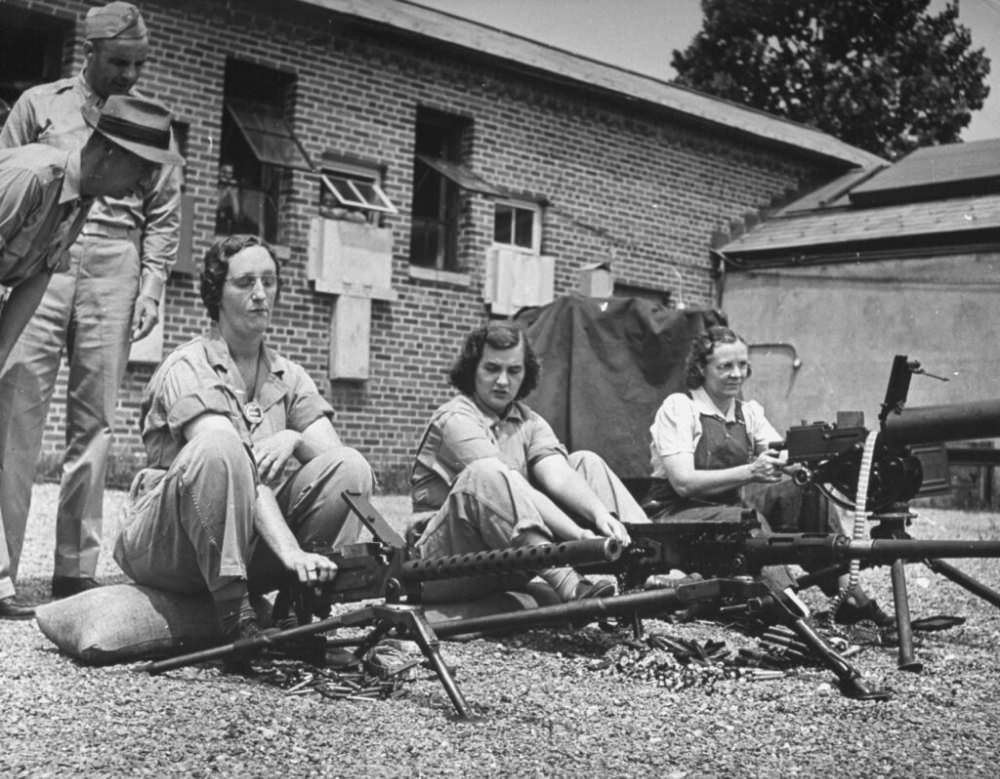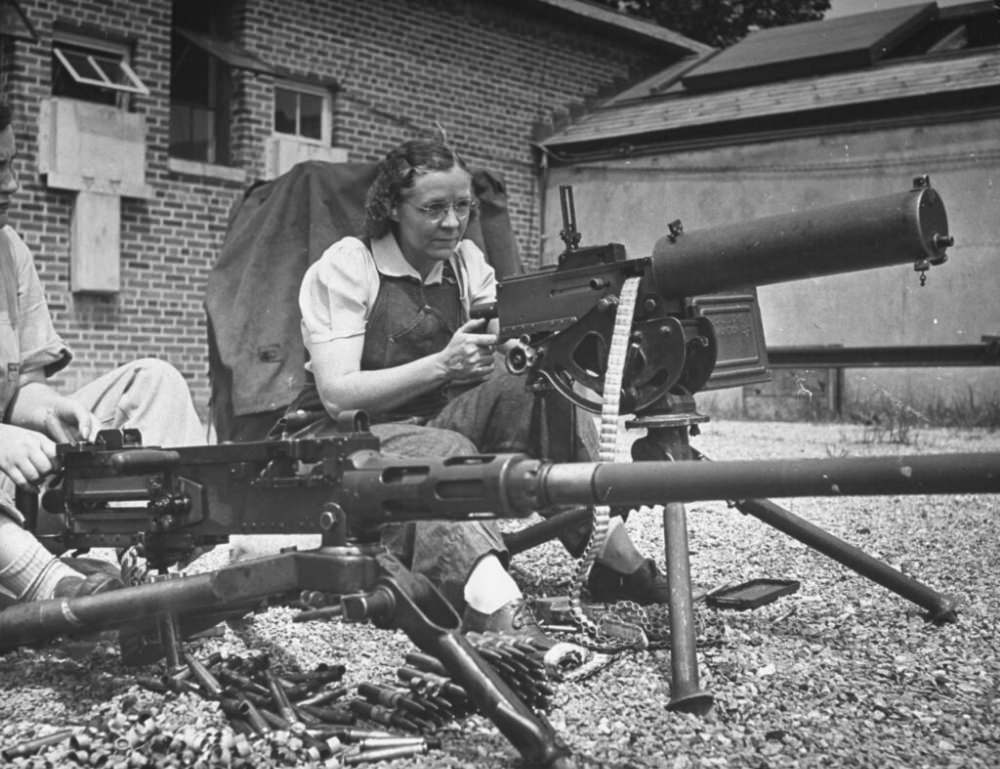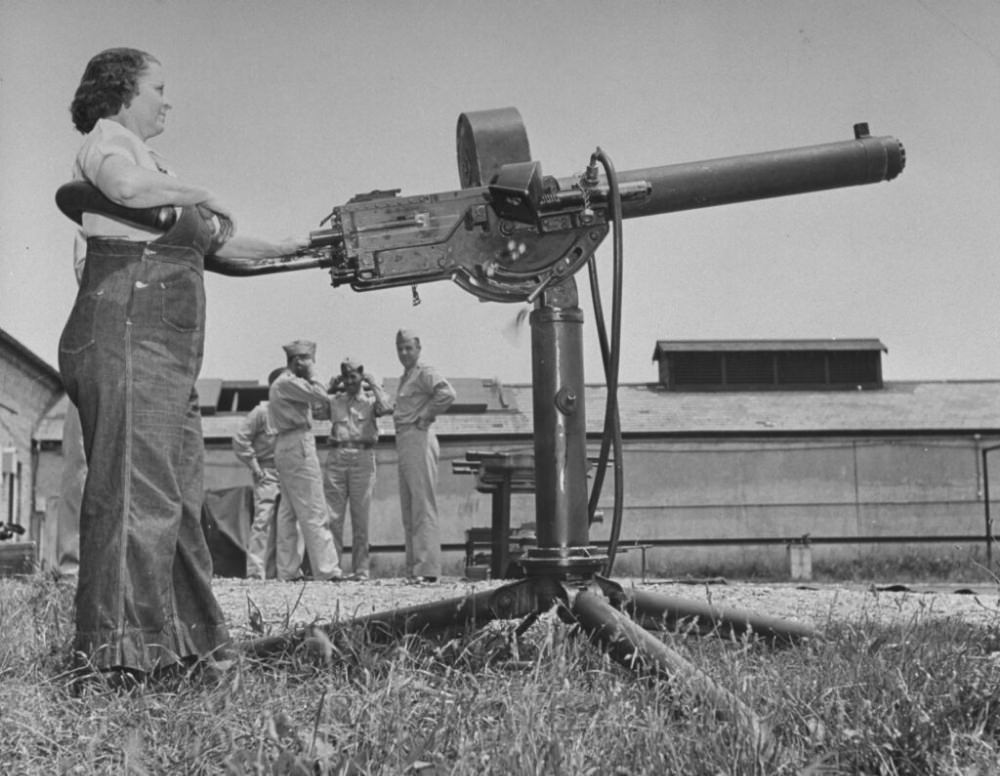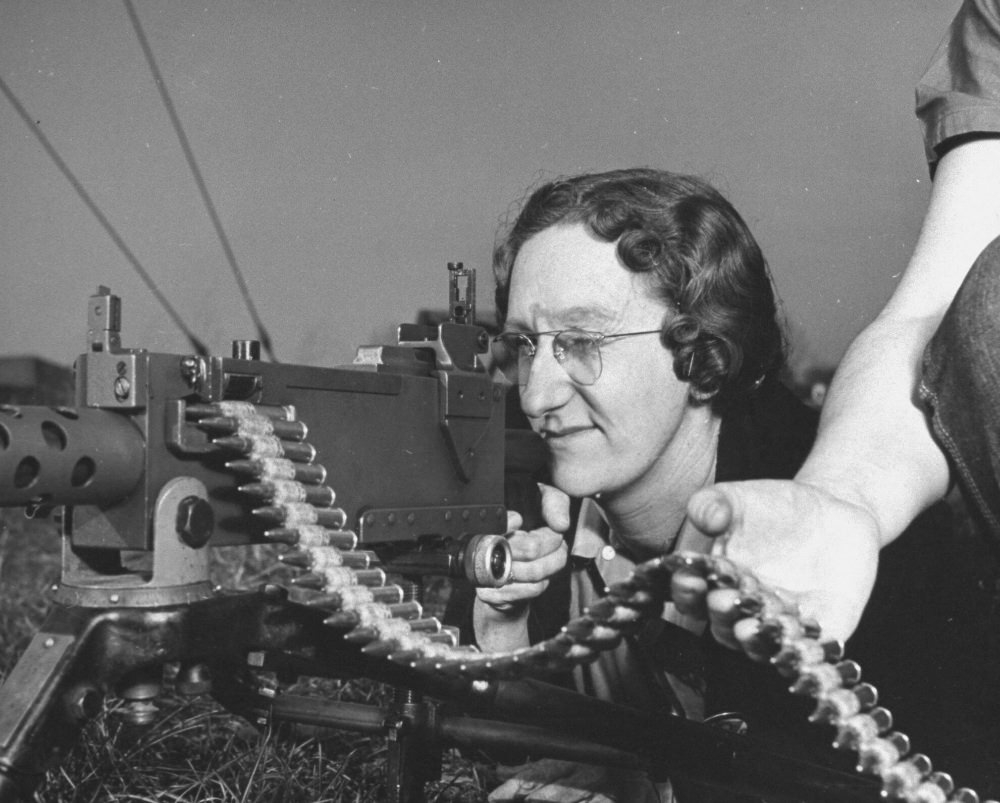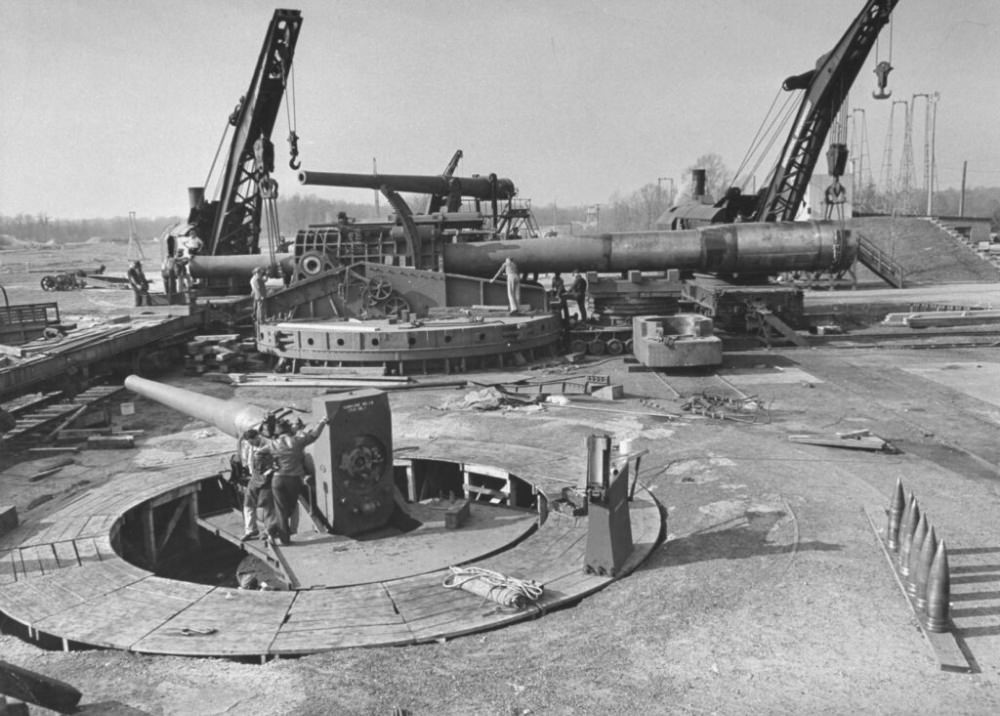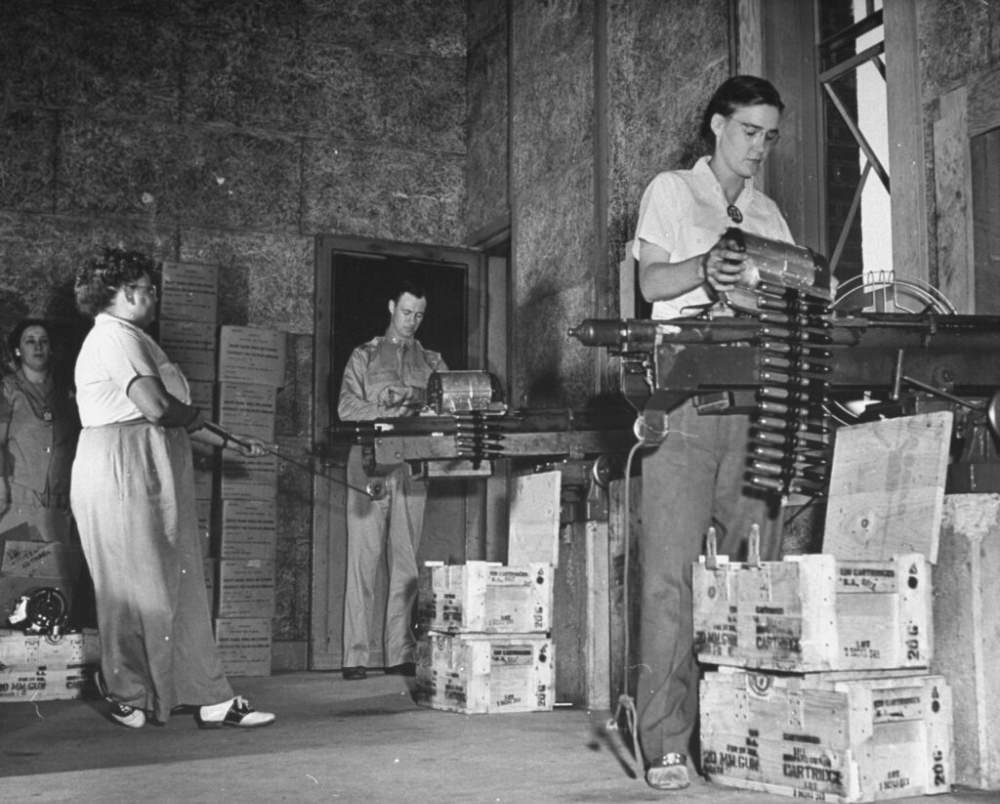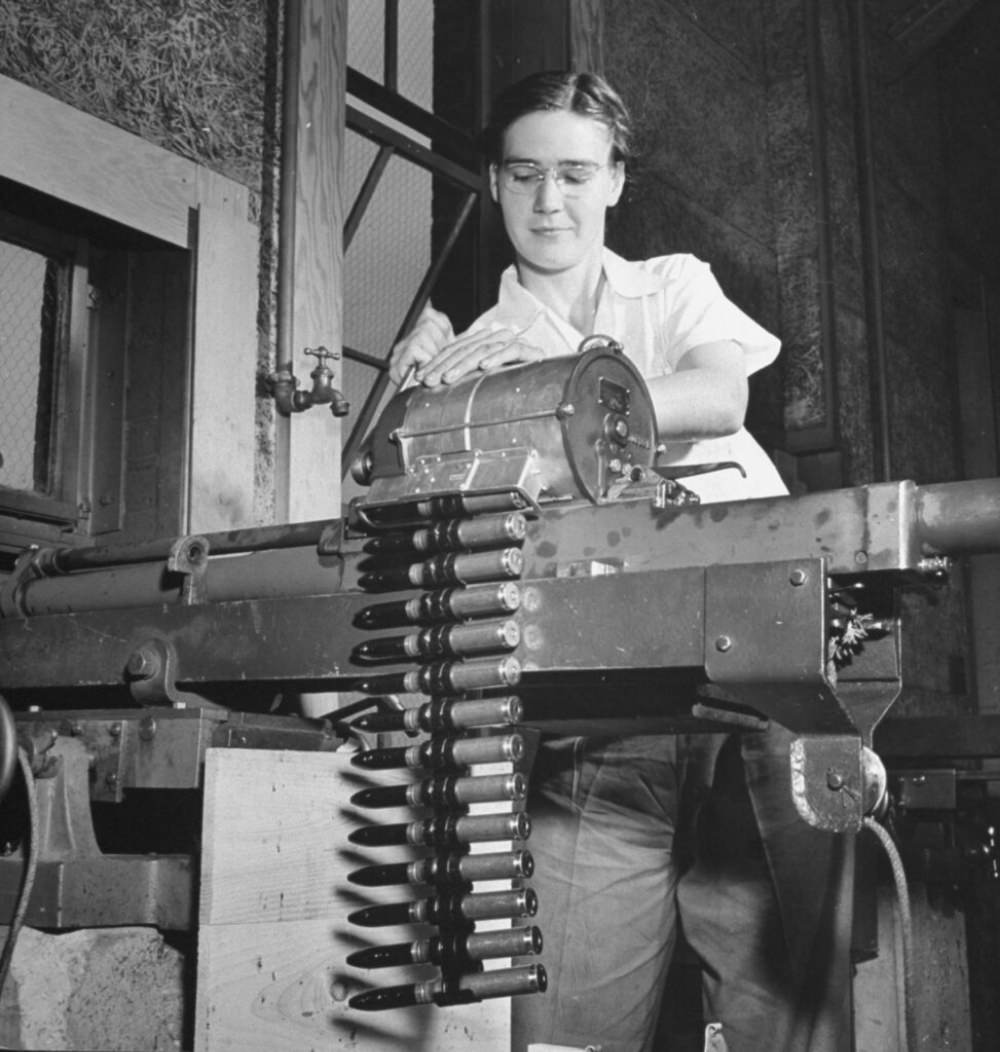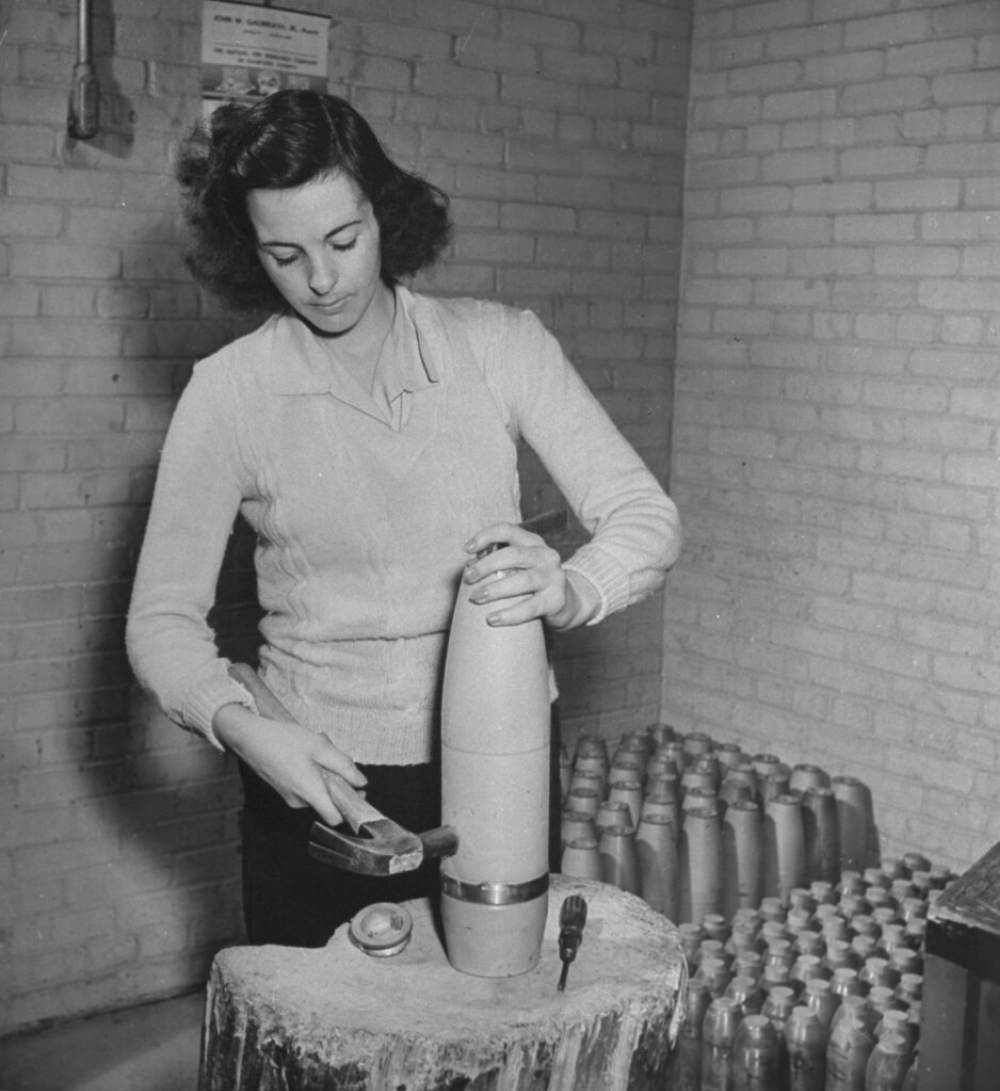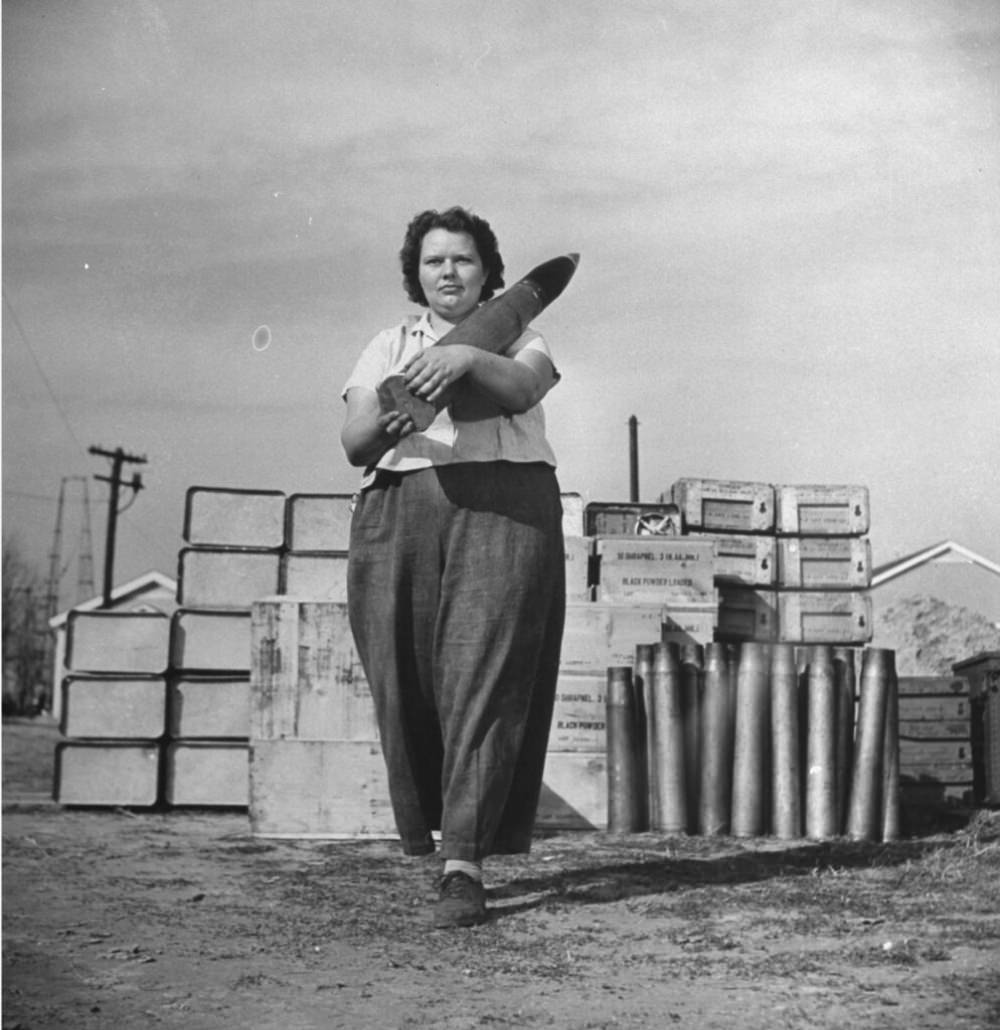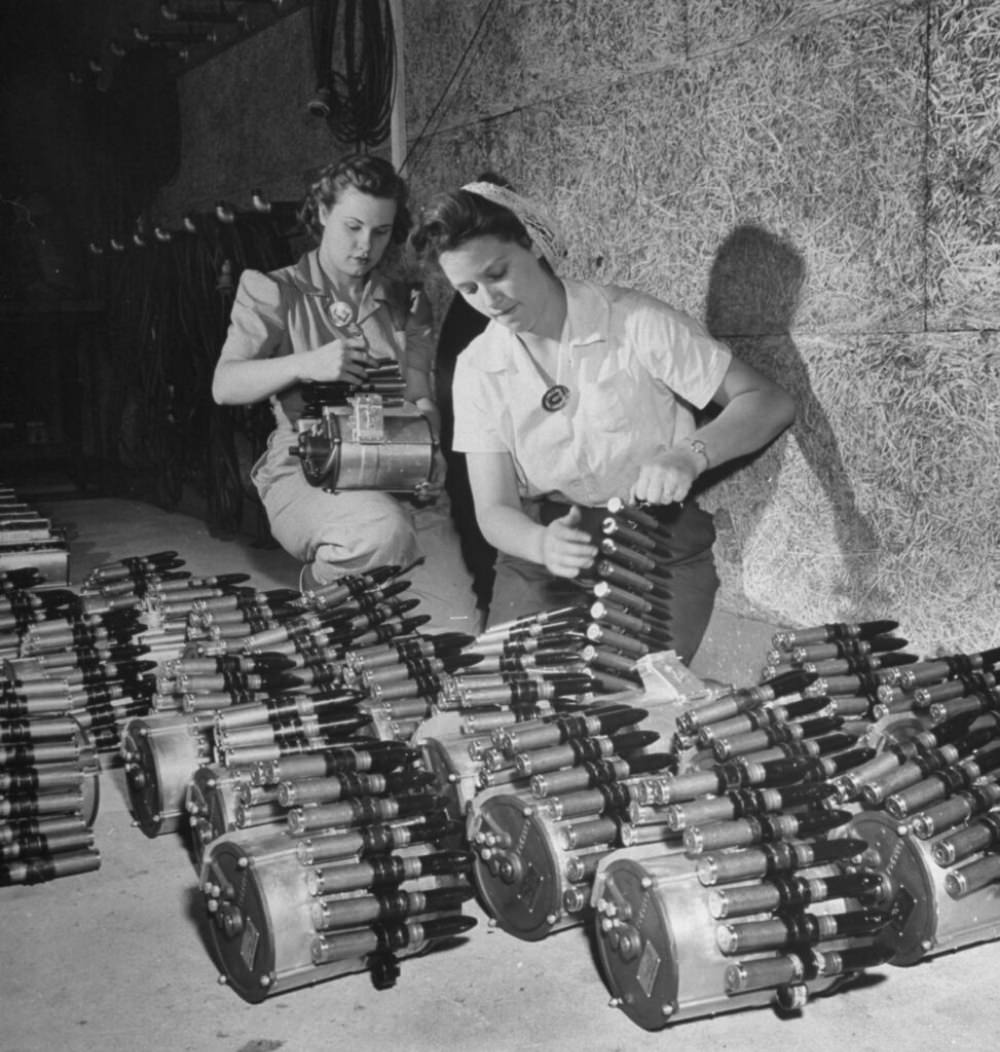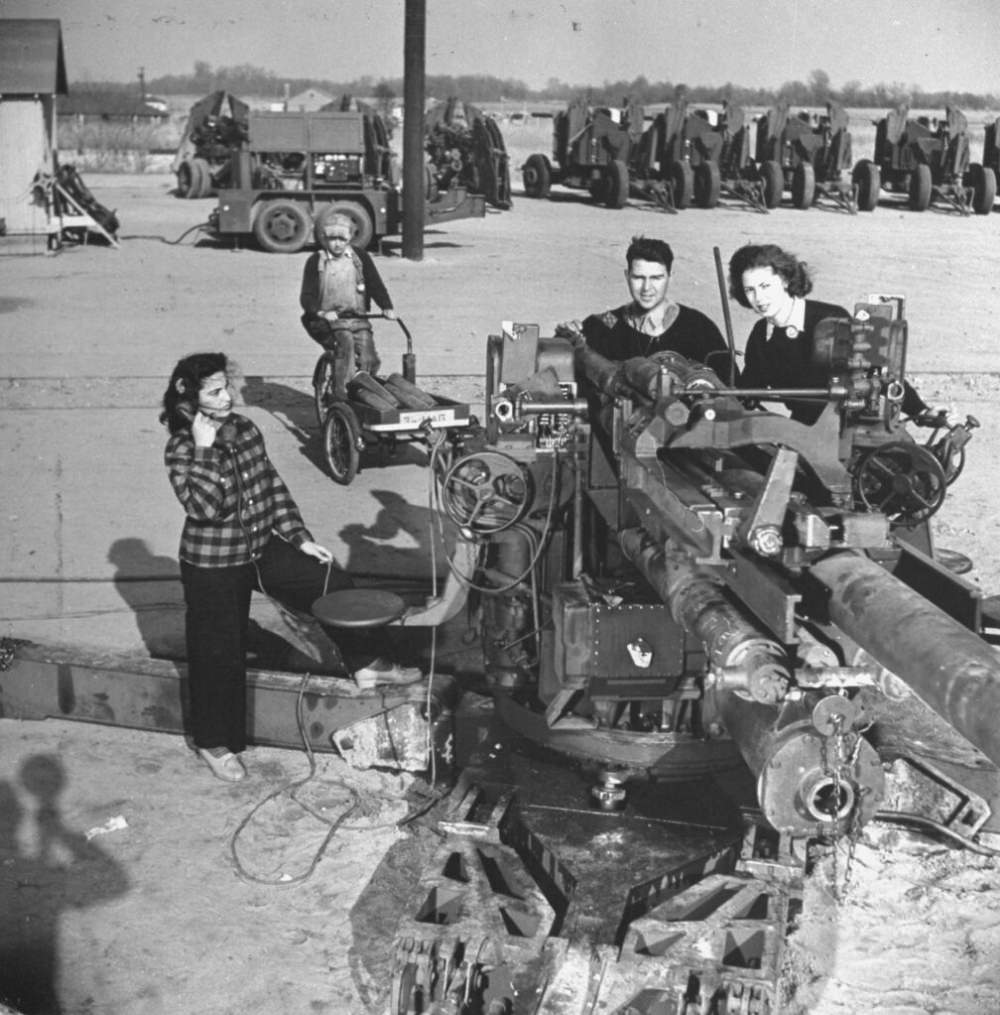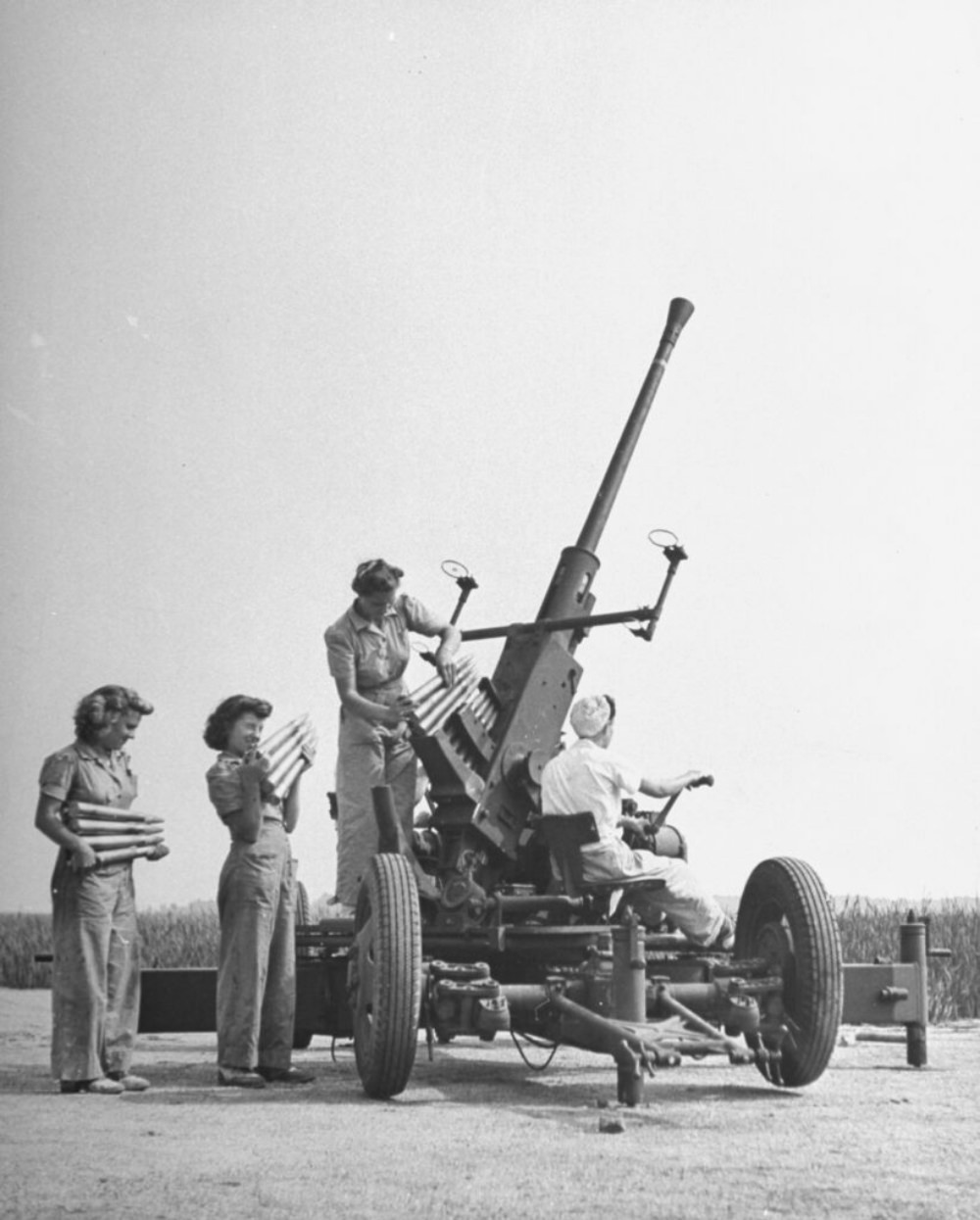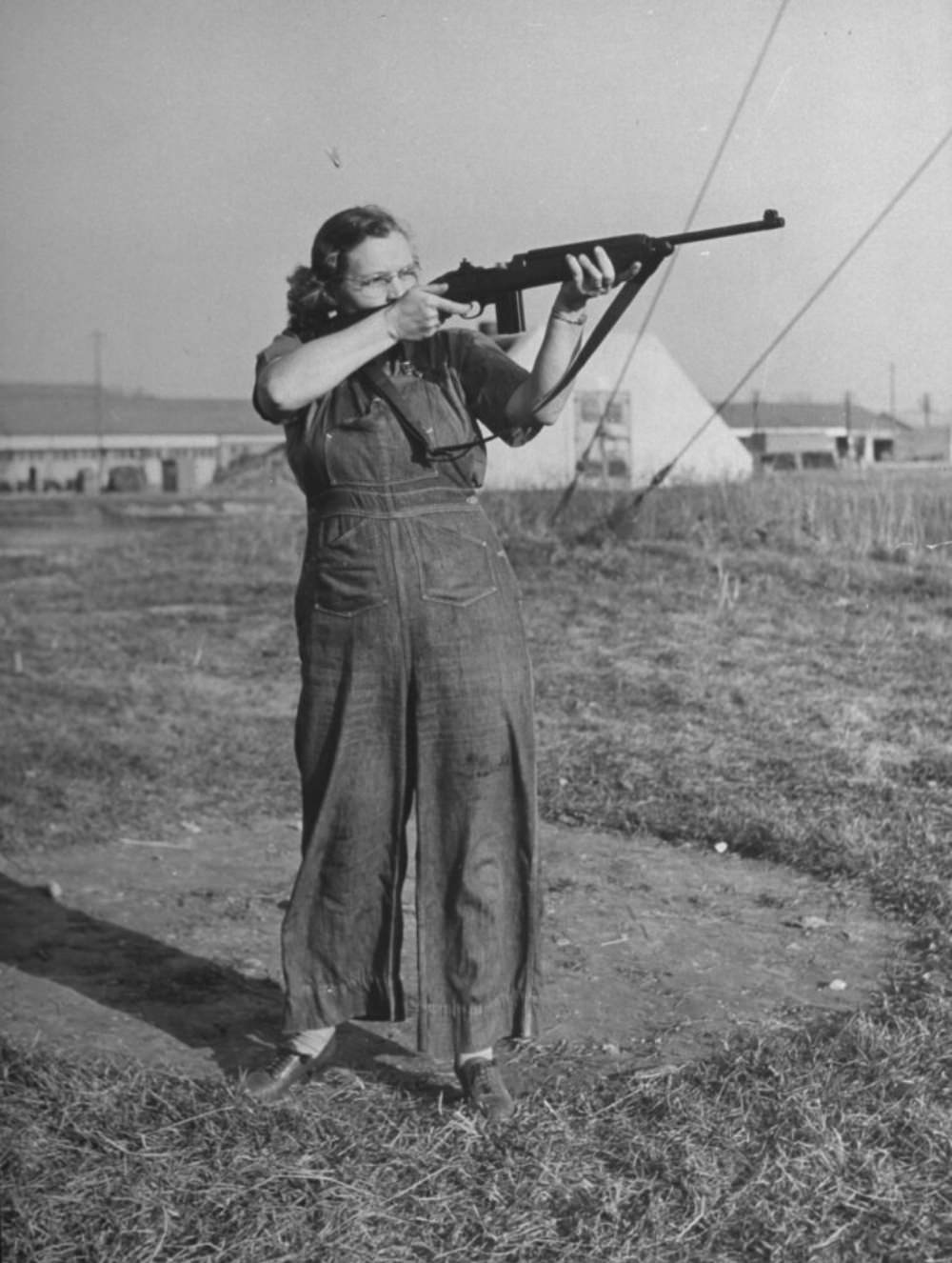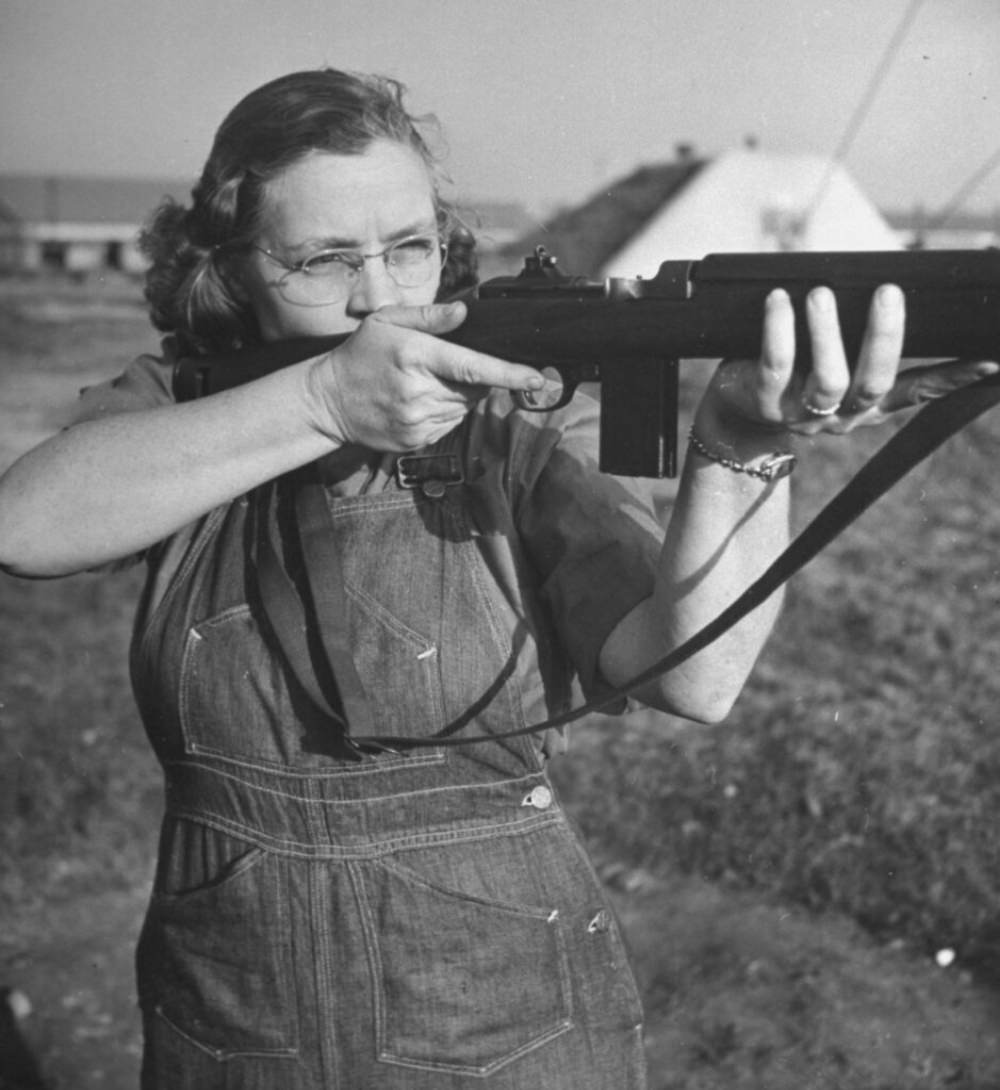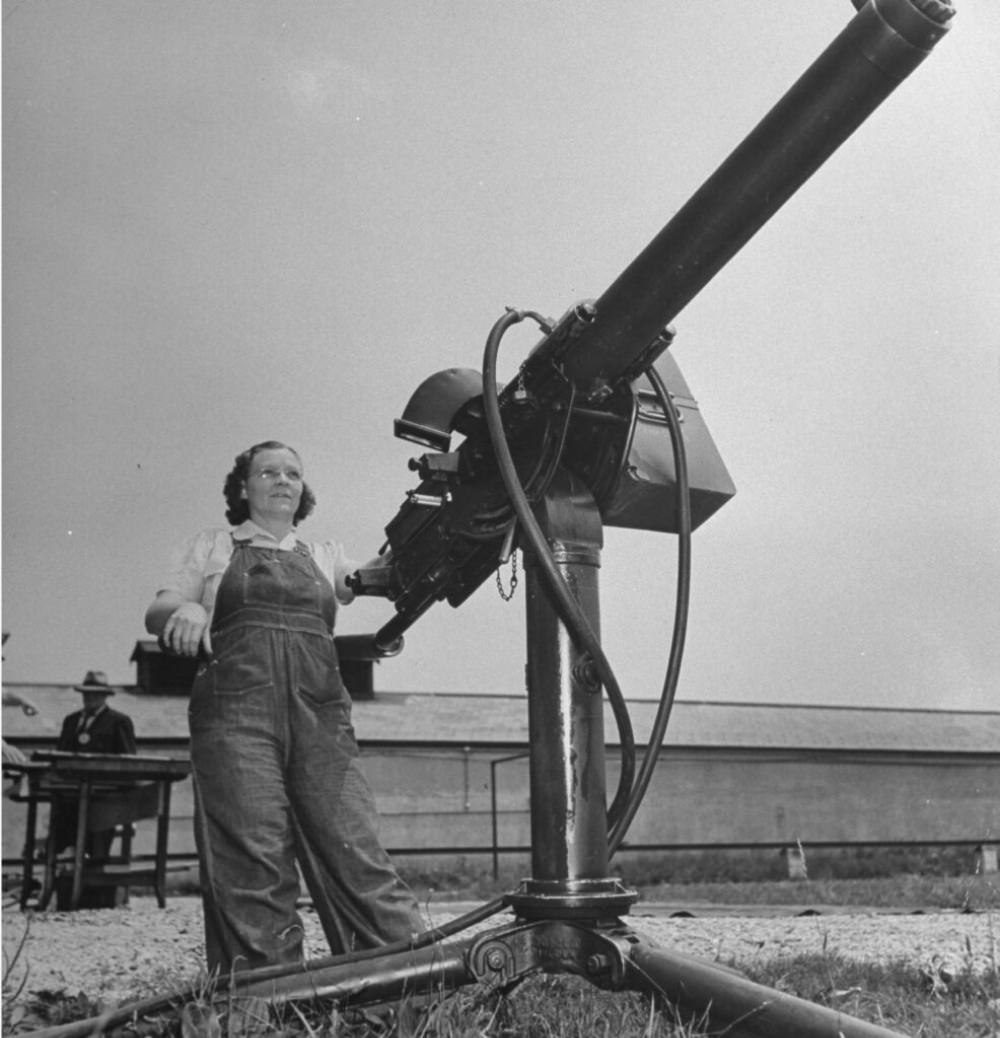Aberdeen Proving Ground (APG) in Maryland holds a significant place in U.S. military history. Opened in 1917, it is the nation’s oldest active facility dedicated to the rigorous testing of weapons and military equipment. During the intense years of World War II, APG underwent a massive expansion to support the war effort, becoming a huge operation that housed over 27,000 personnel at its peak. A crucial, and perhaps less widely known, aspect of this wartime expansion was the arrival of thousands of American women who took on vital roles, including hands-on work with weapons testing, in jobs previously held almost entirely by men.
A Changing Workforce
For its first couple of decades, Aberdeen Proving Ground was predominantly a male environment, staffed mainly by soldiers. The outbreak of World War II changed this dramatically. As soldiers who worked at APG were deployed for combat duty overseas, their positions were initially filled by male civilians. However, as the military draft pulled more and more men into service, these civilian workers also began to disappear from the proving ground. To fill the critical labor gap and ensure the essential testing work continued without interruption, APG turned to hiring women on a large scale. These women came from diverse backgrounds and locations across the country. Many were married, with husbands serving in the Army, while some had husbands who were also employed at the expanding APG facility.
Read more
Working with Weapons
A key responsibility for many women employed at Aberdeen during the war involved the direct testing of military ordnance and equipment. They became integral members of crews operating a wide range of weaponry, handling tasks on systems as large as 90-millimeter anti-aircraft guns. This work demanded precision, adherence to safety protocols, and technical understanding. In addition to participating in the operation of these weapons during firing tests, women also utilized various “highly technical instruments.” These were likely devices used for measuring factors like projectile velocity, accuracy, and weapon performance, requiring skill and careful attention to detail to gather accurate test data.
Diverse Support Roles
The contributions of women at APG extended beyond the firing lines and instrument readings. They performed numerous other essential support tasks required to keep the large facility running smoothly. Many women drove trucks, transporting supplies, equipment, and personnel across the extensive grounds. Others served as bicycle messengers, ensuring timely communication between different sections of the proving ground. Women were also involved in the necessary upkeep and maintenance of equipment, including swabbing and cleaning military vehicles.
Appearance on the Job
Working in an environment filled with machinery, weapons testing, and outdoor activity required practical clothing. The women at APG commonly wore slacks, often in bright colors according to contemporary accounts. These trousers offered more freedom of movement and safety than typical dresses or skirts of the era. Descriptions from the time paint a vivid picture of these women on the “firing fronts,” their colorful slacks becoming dusted and stained with the black and white powder residue generated by the firing of guns and artillery.


